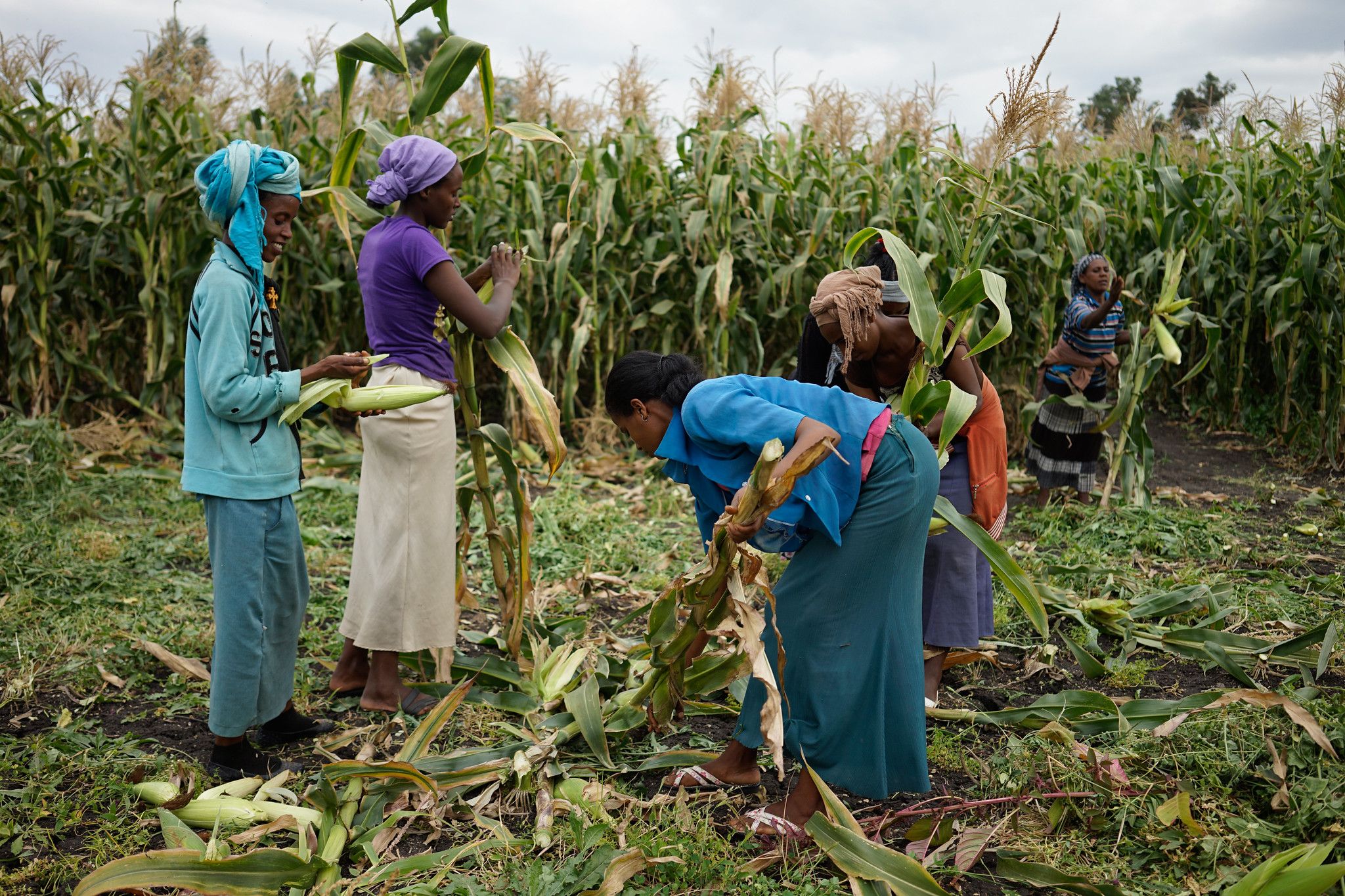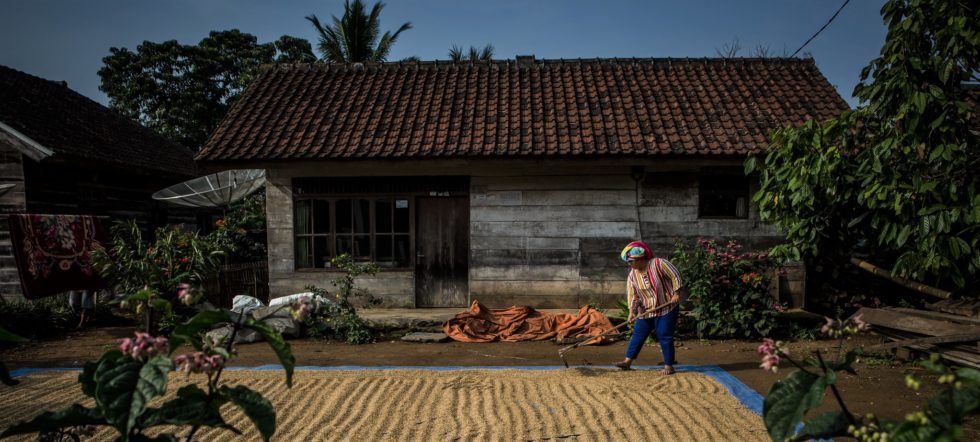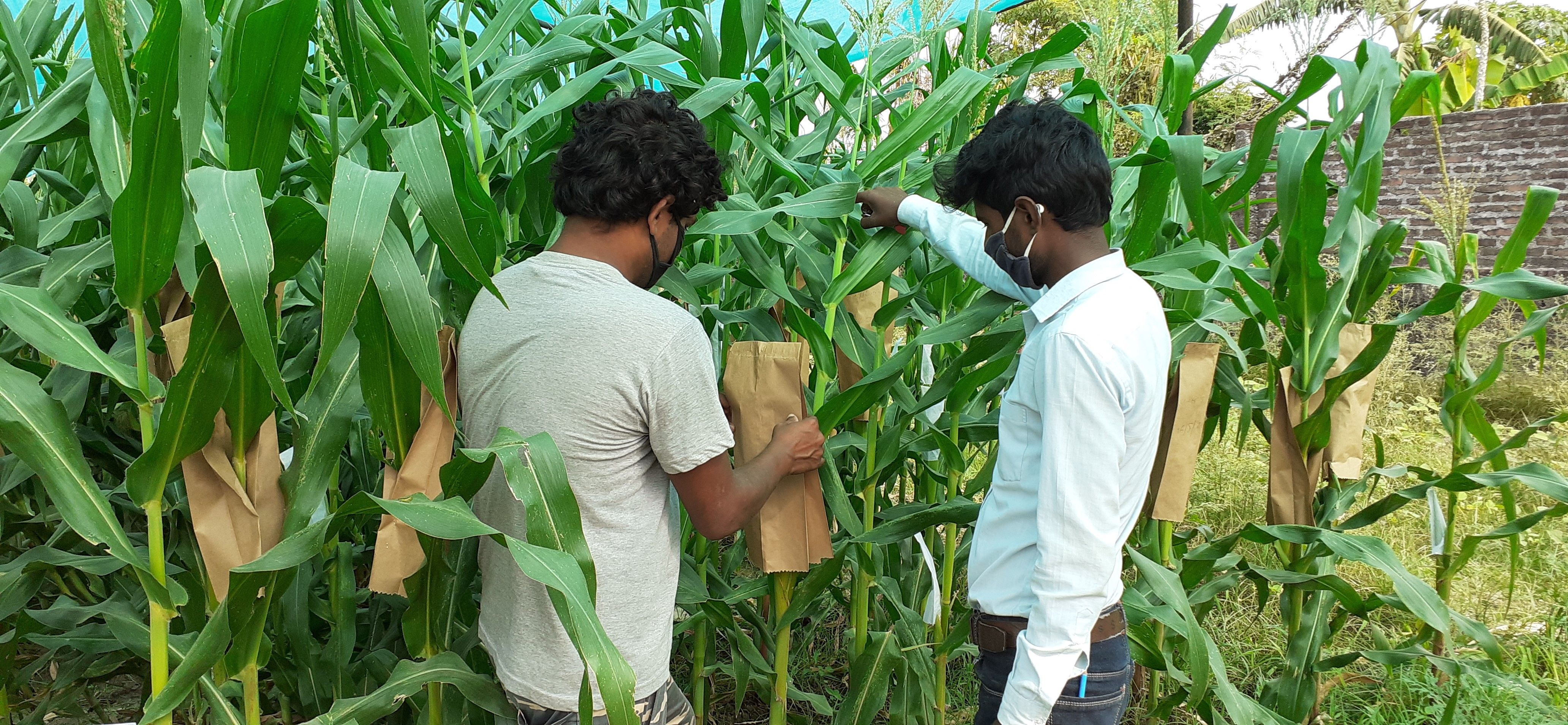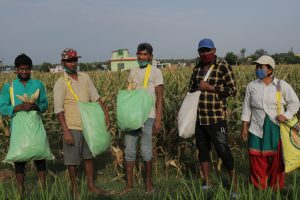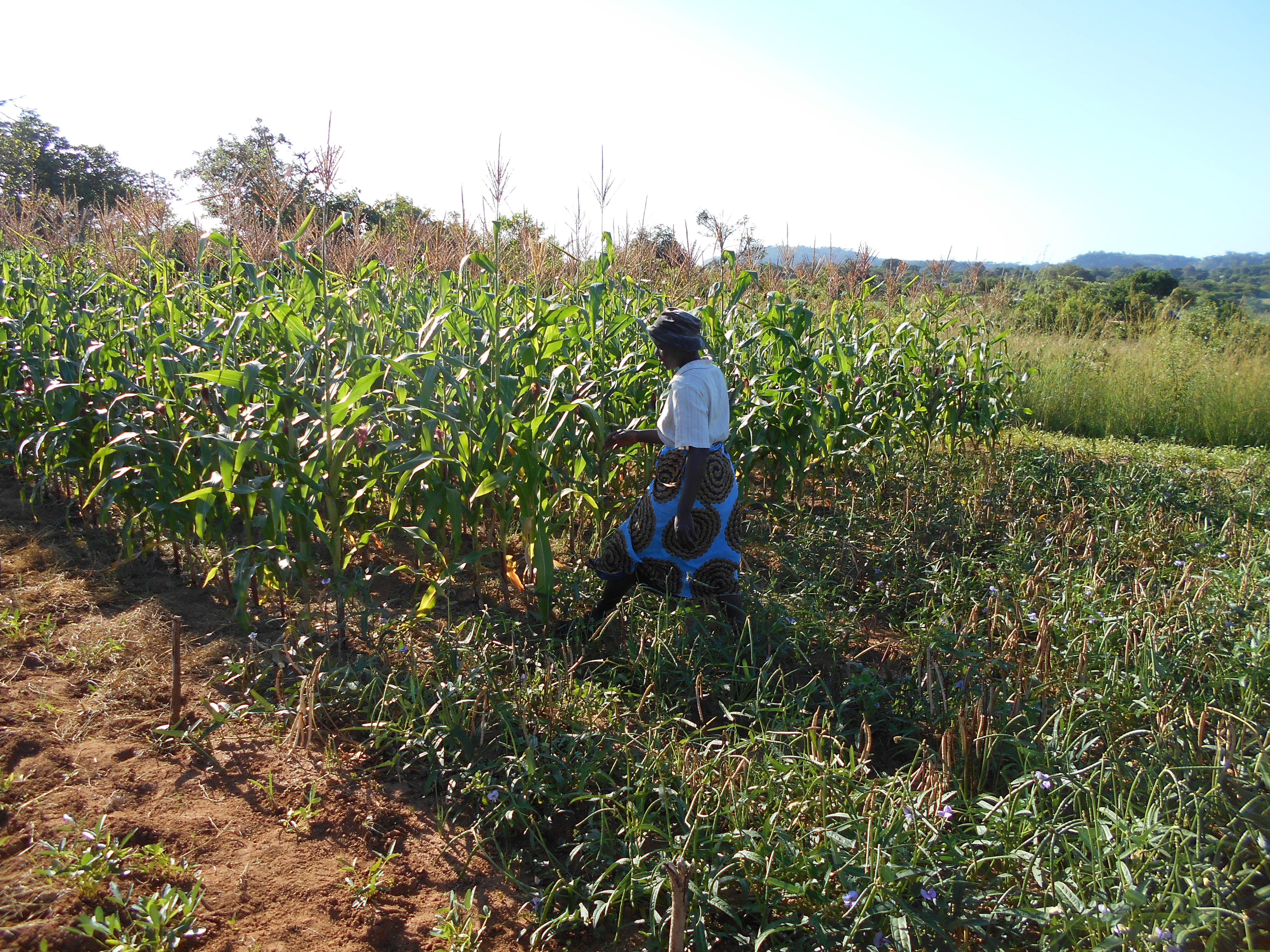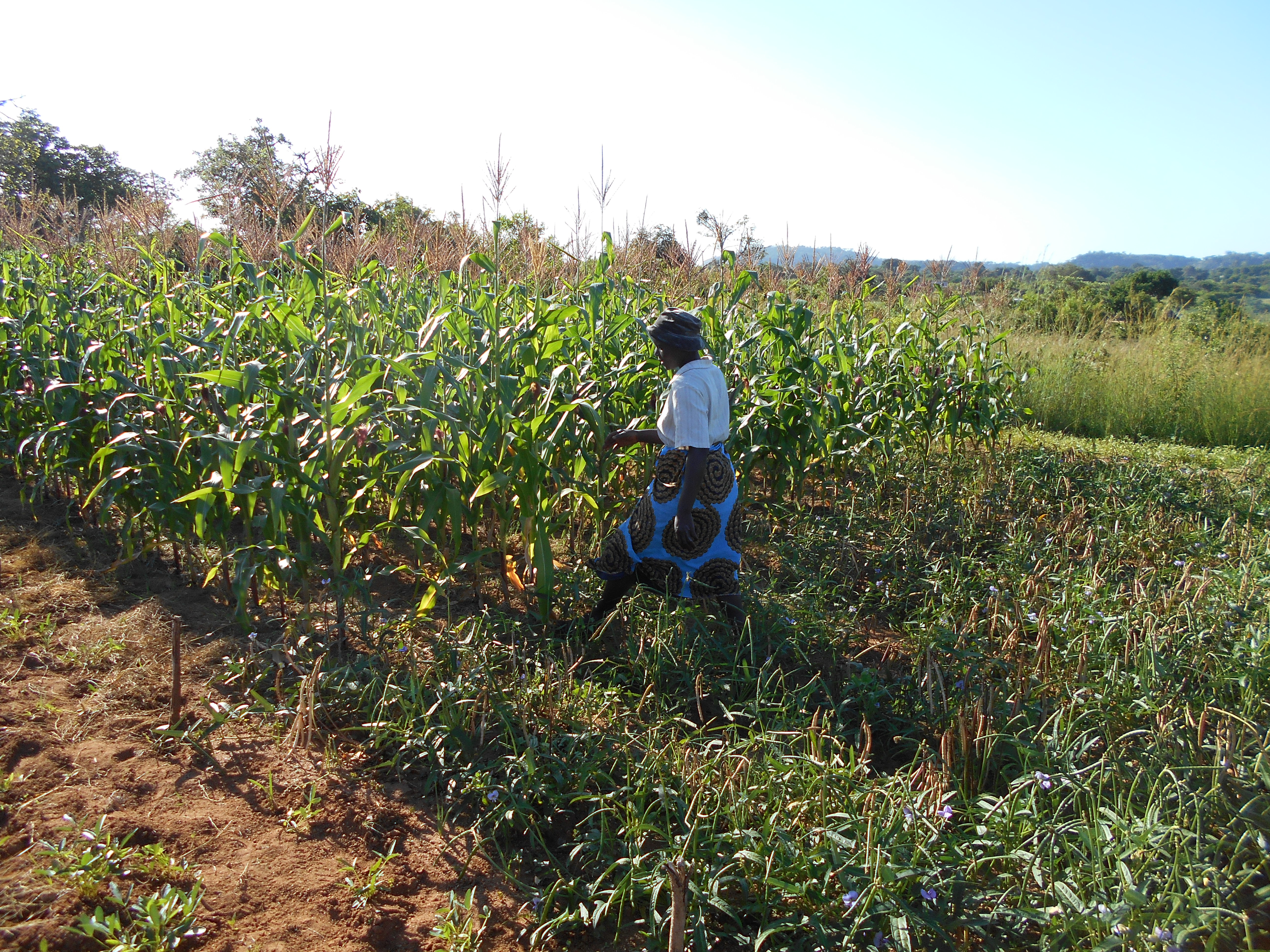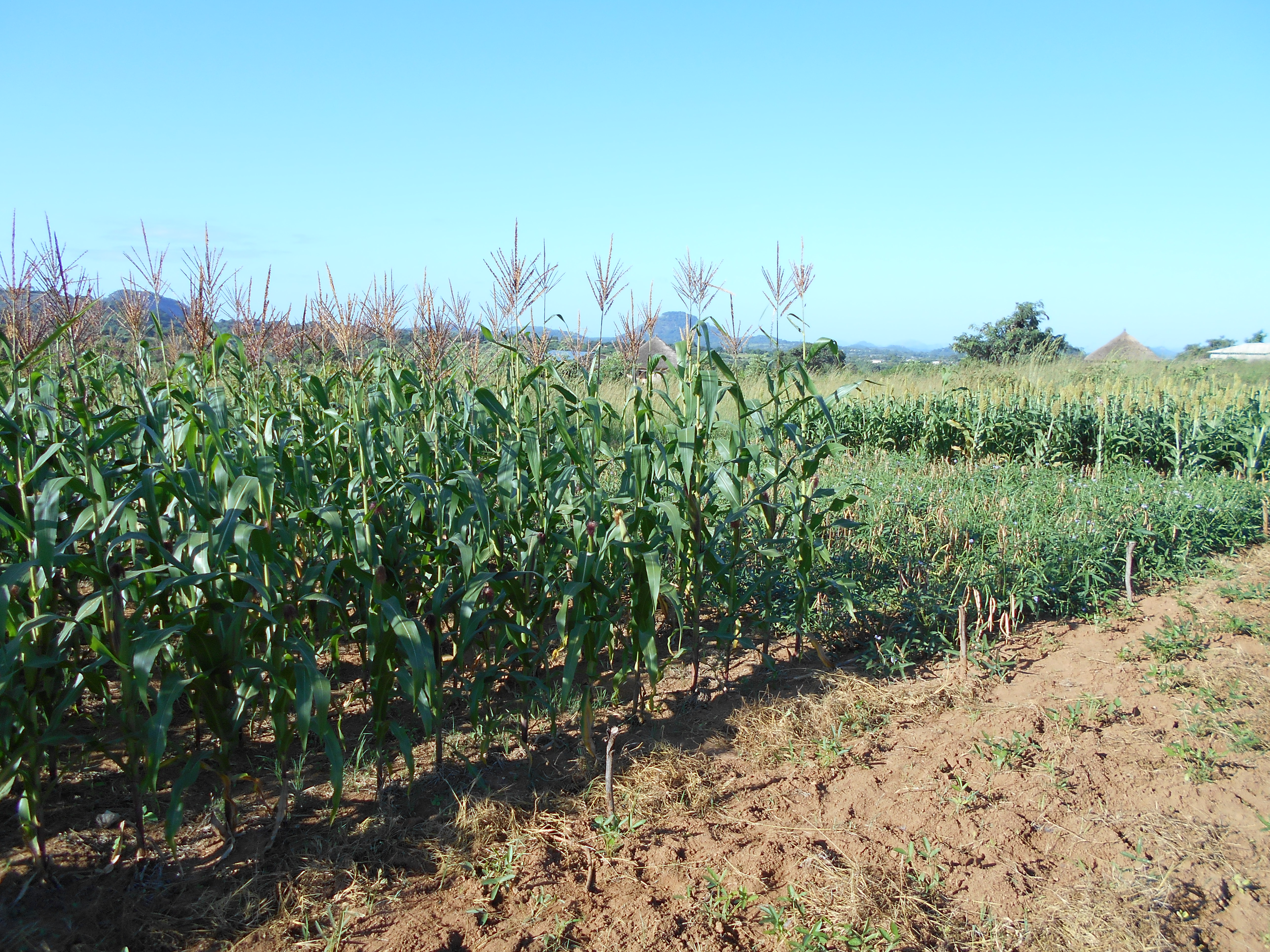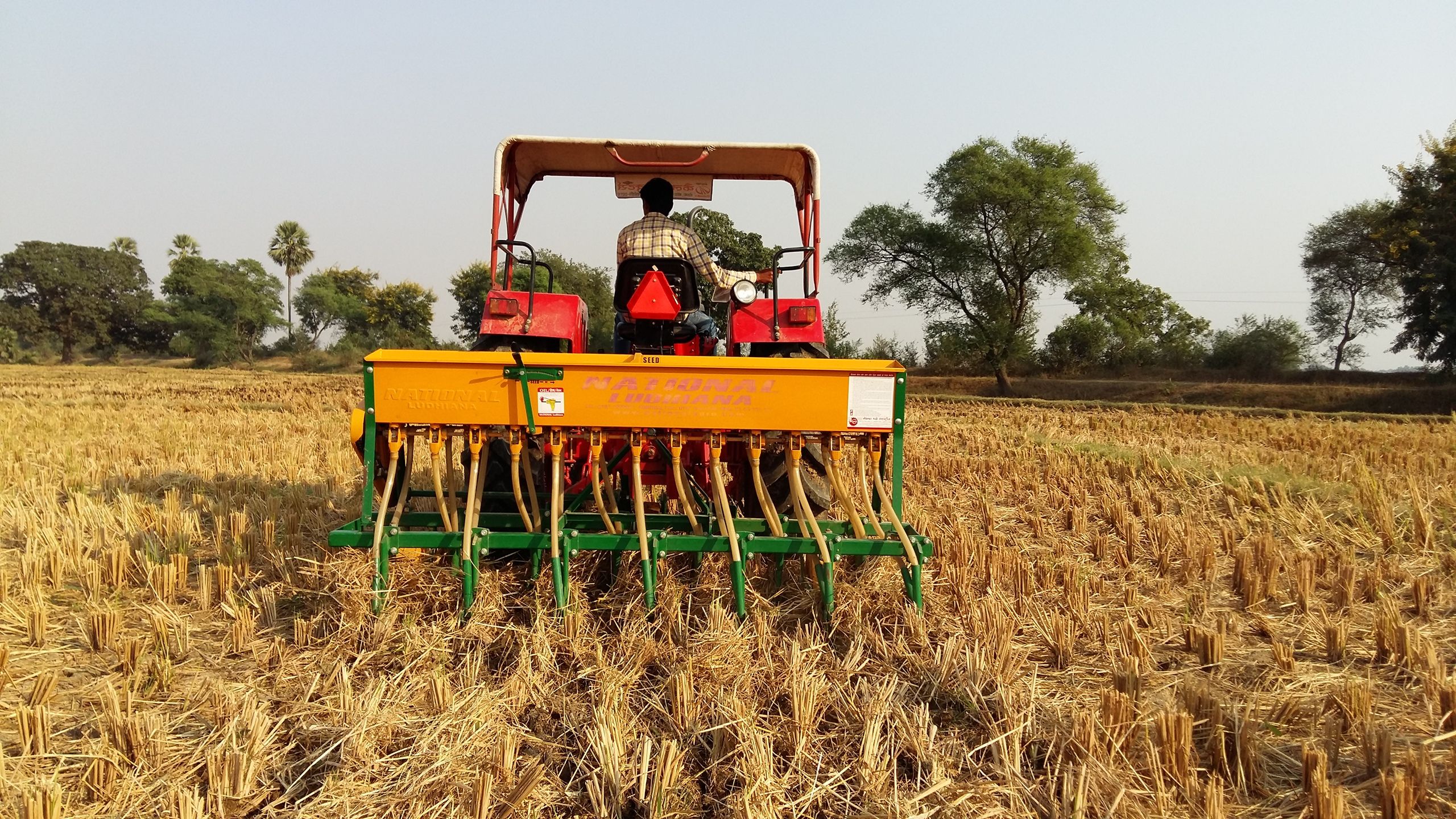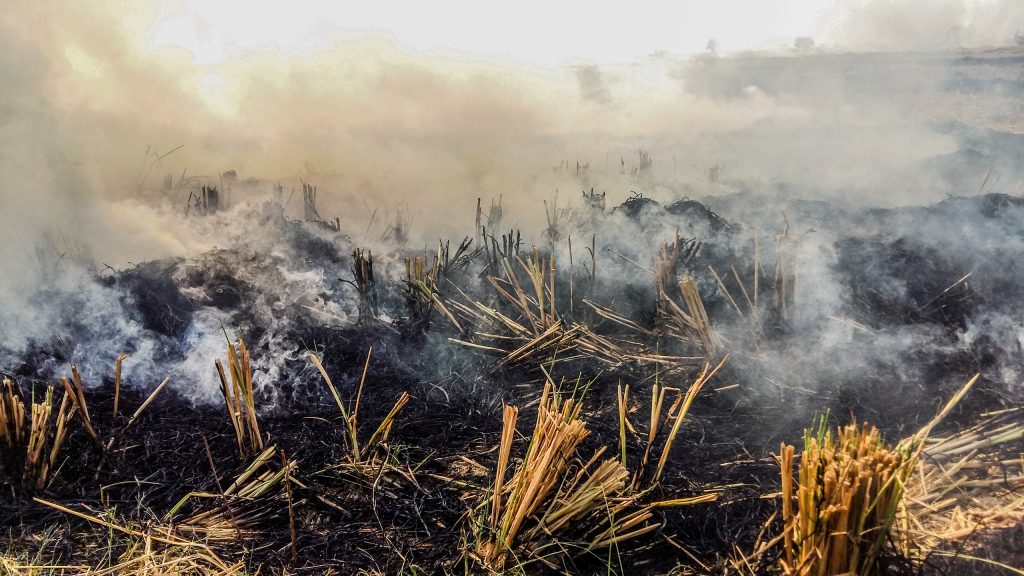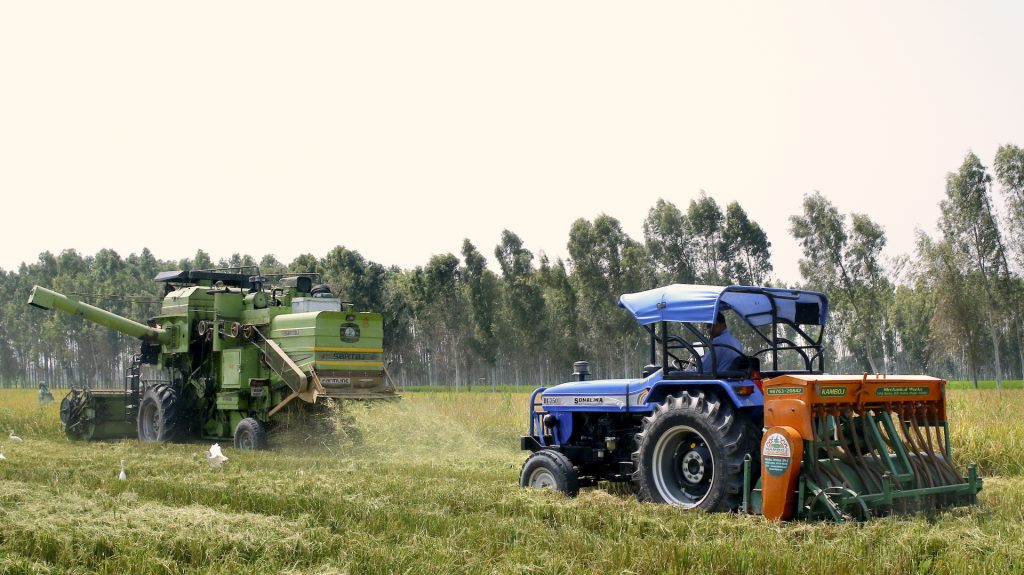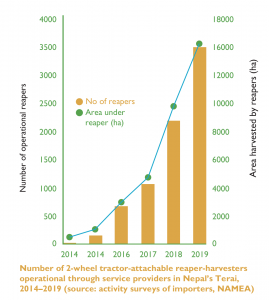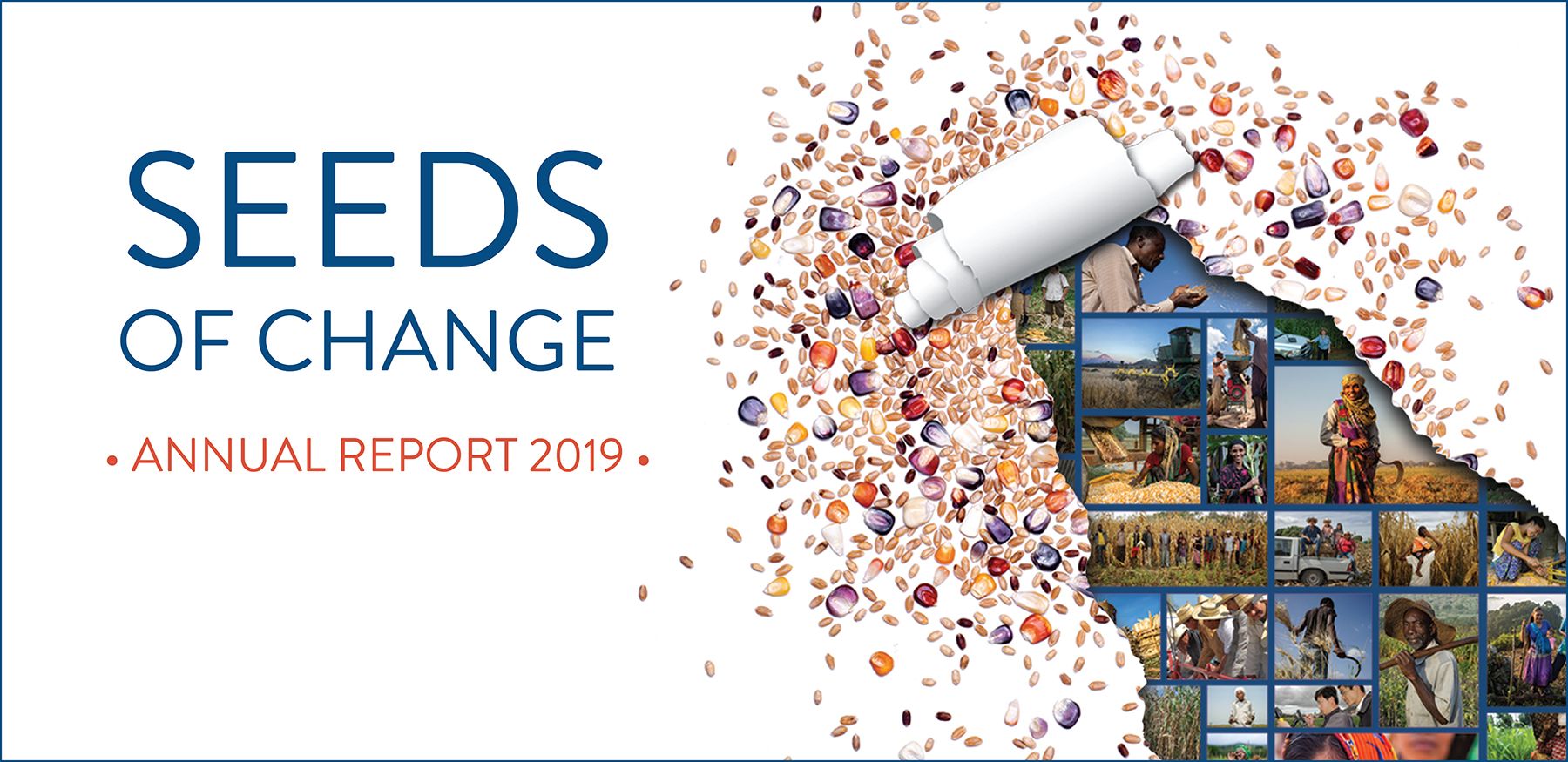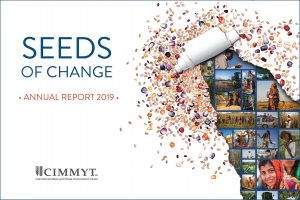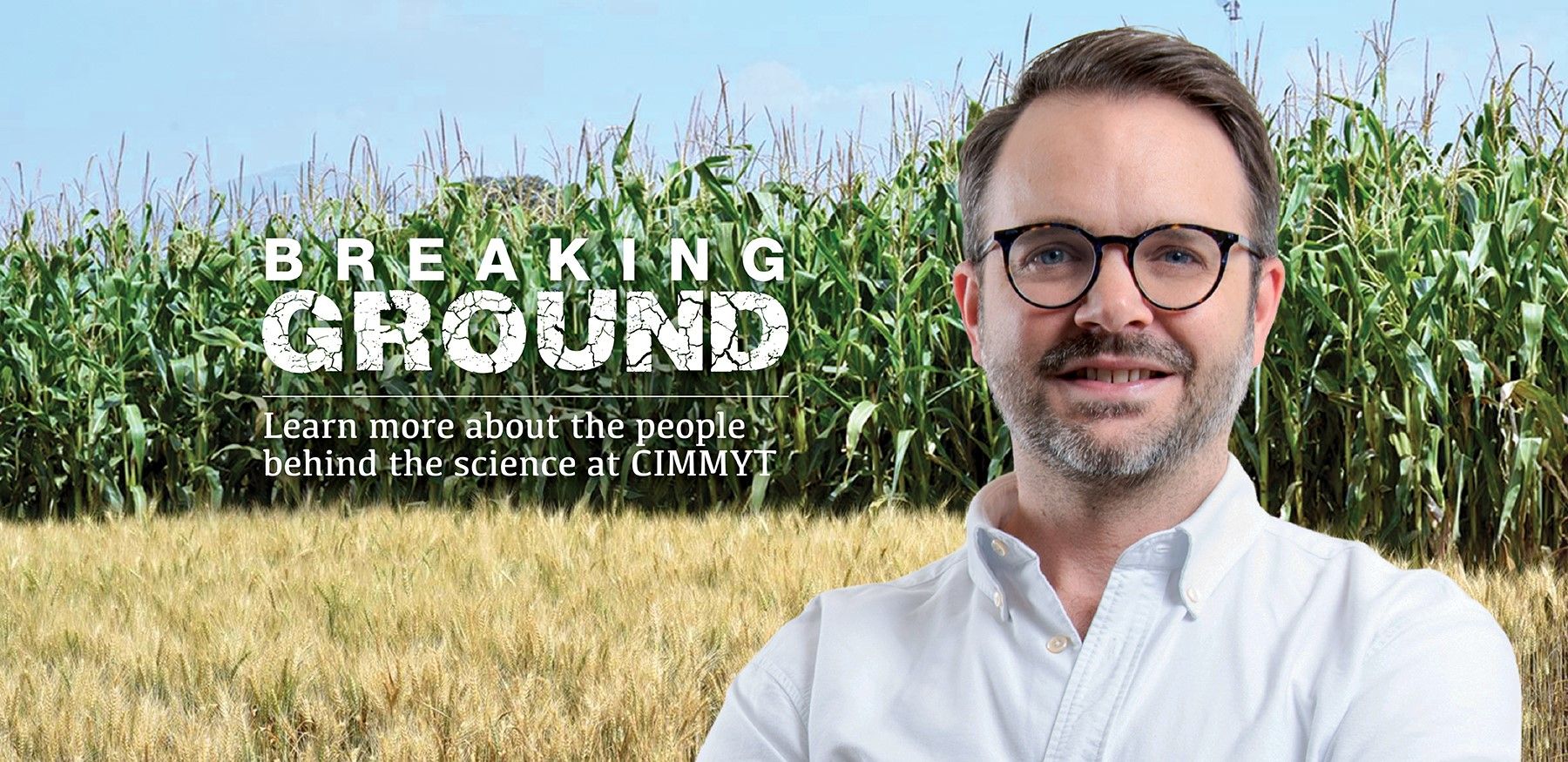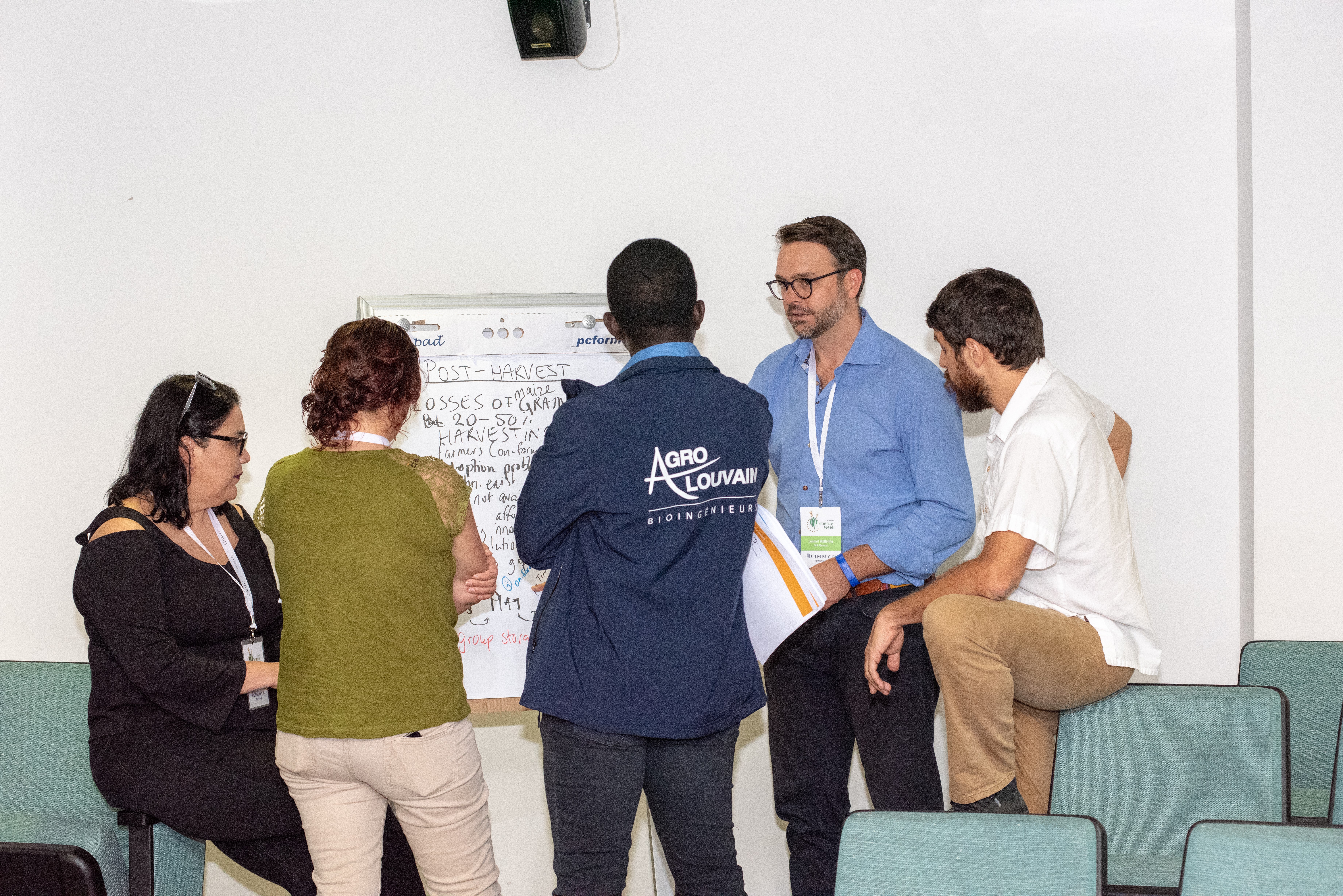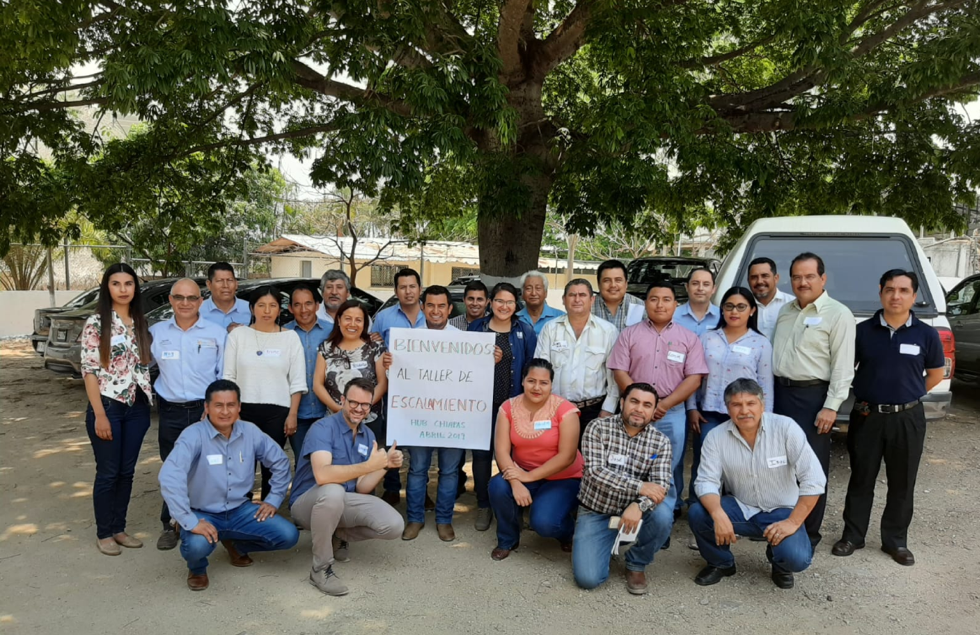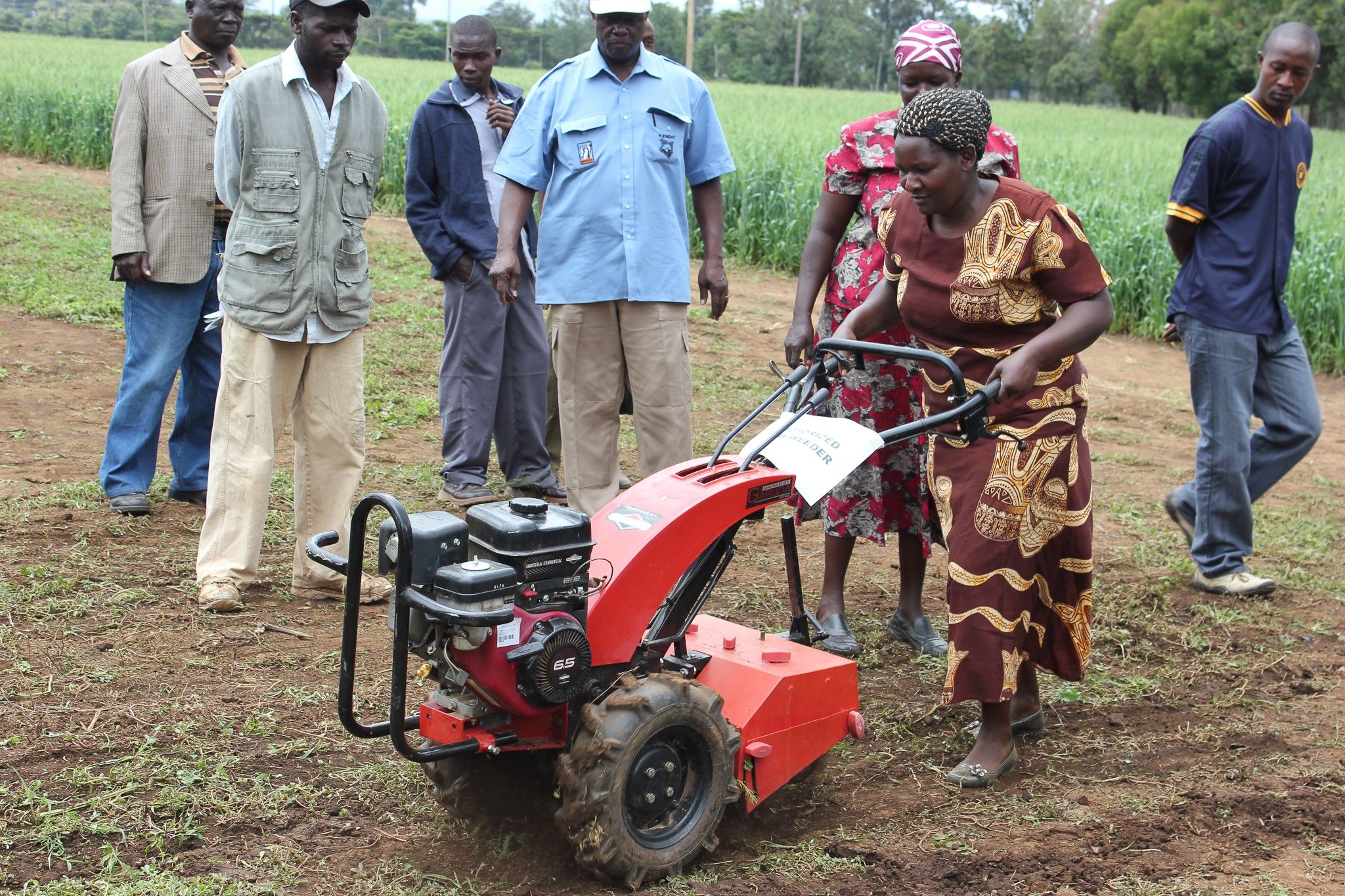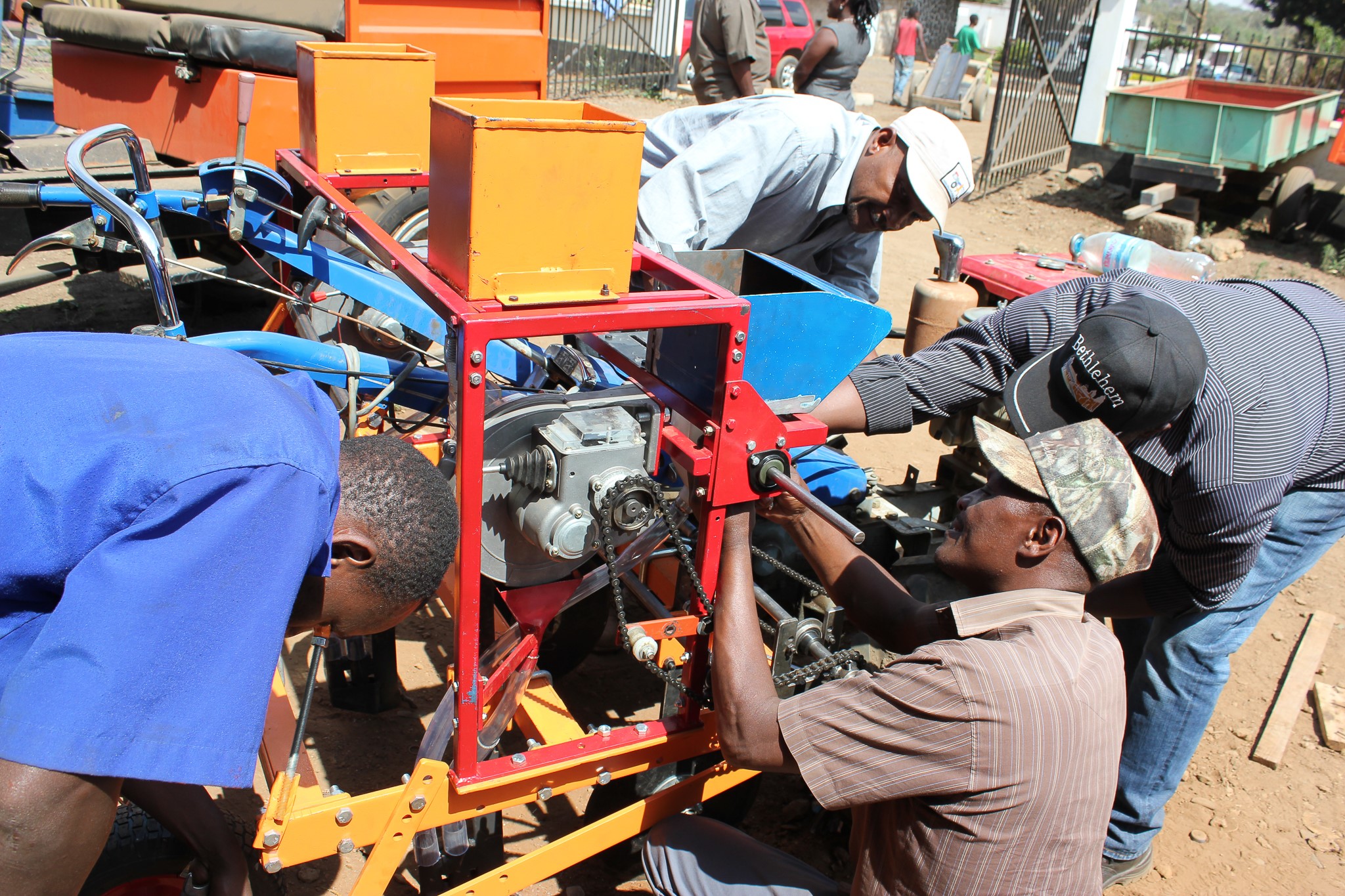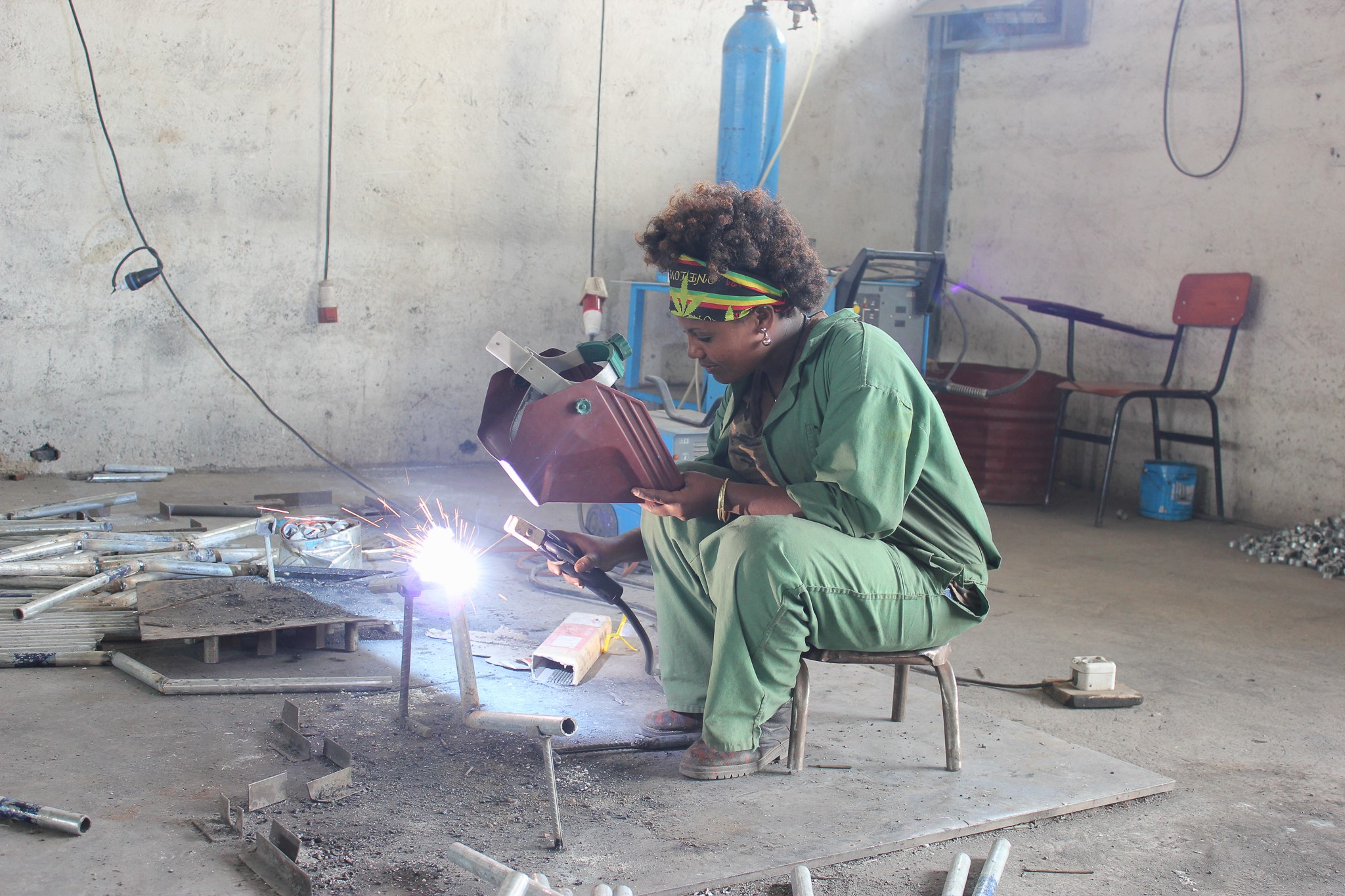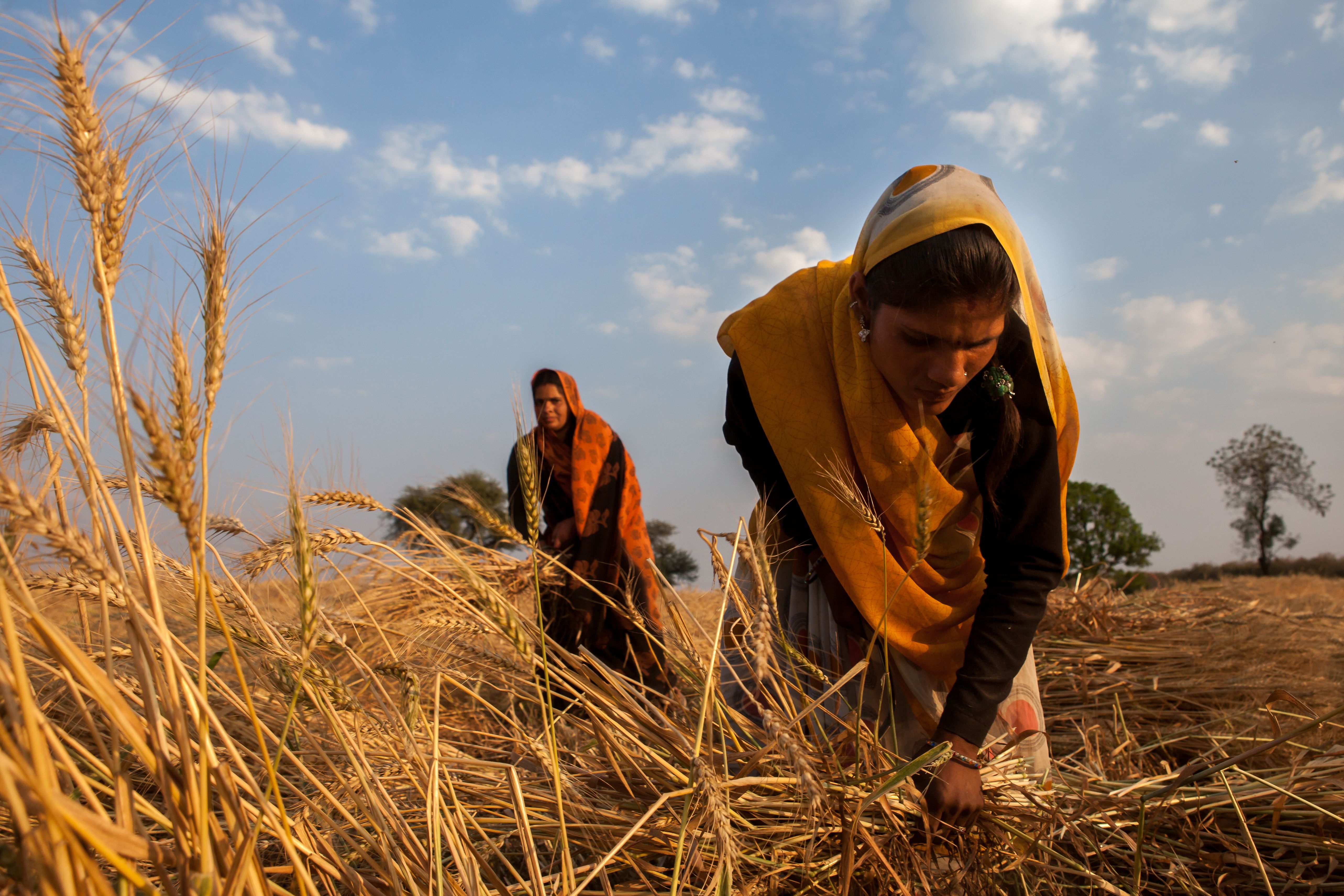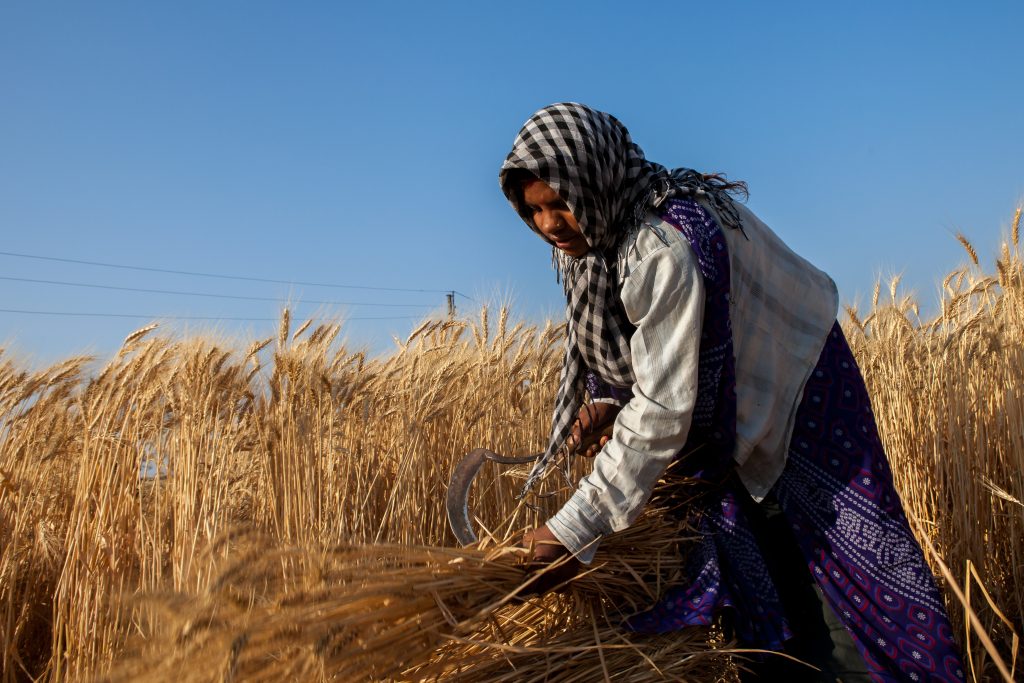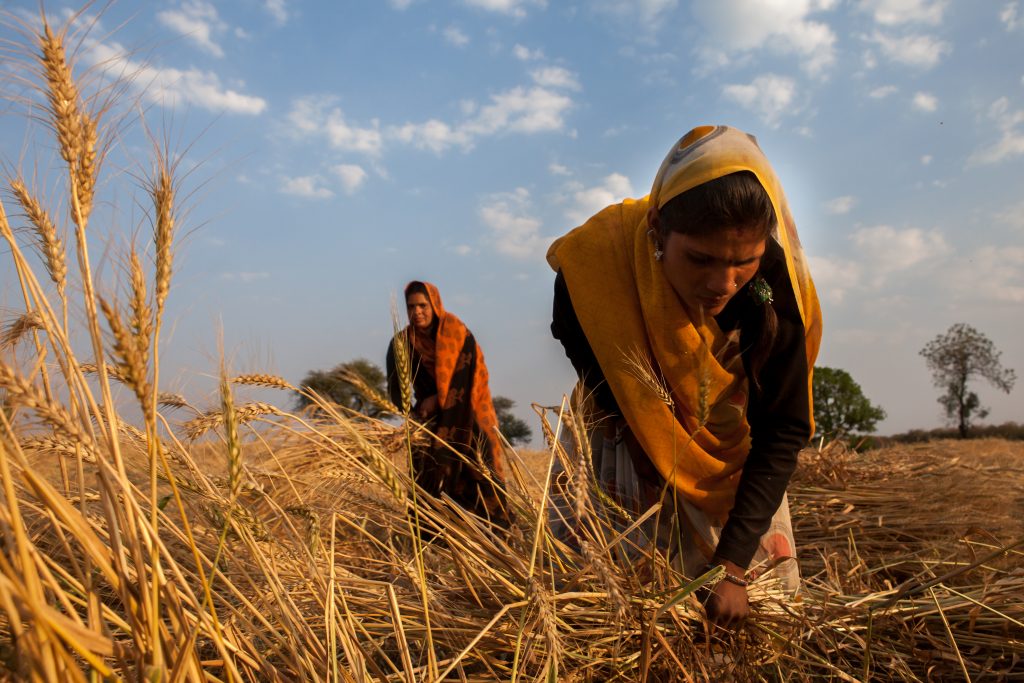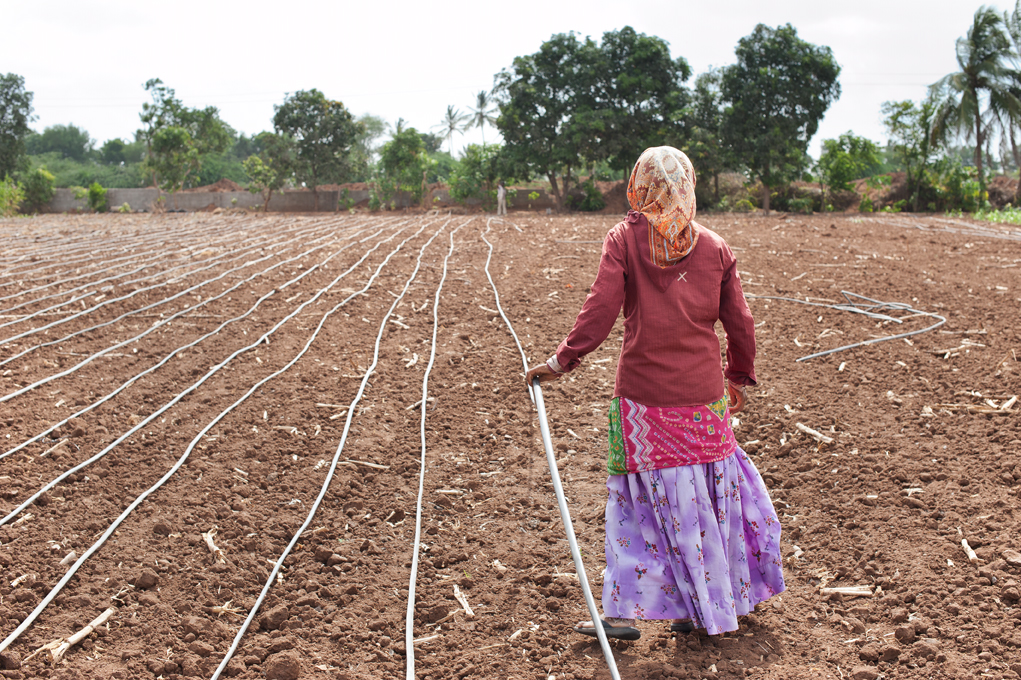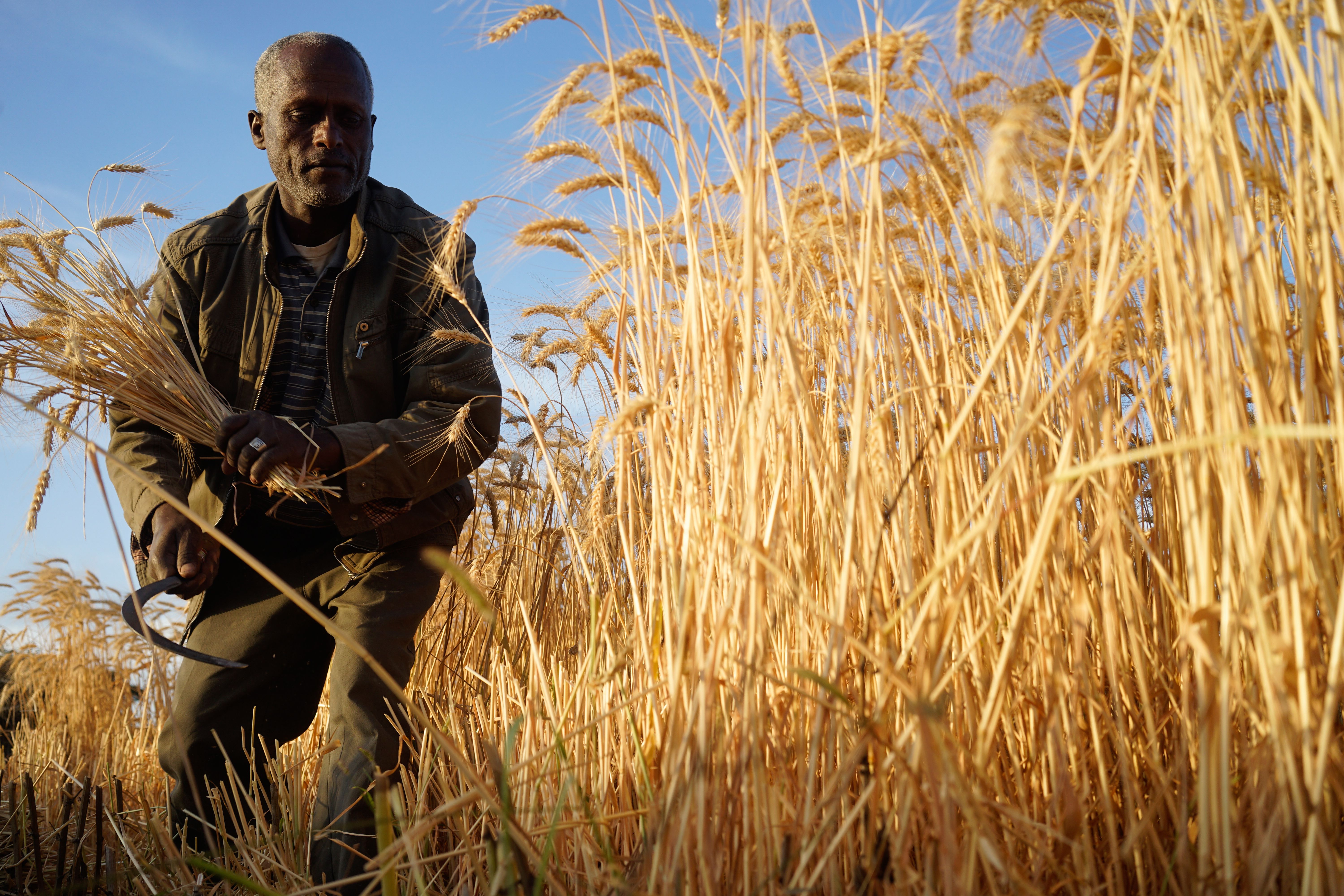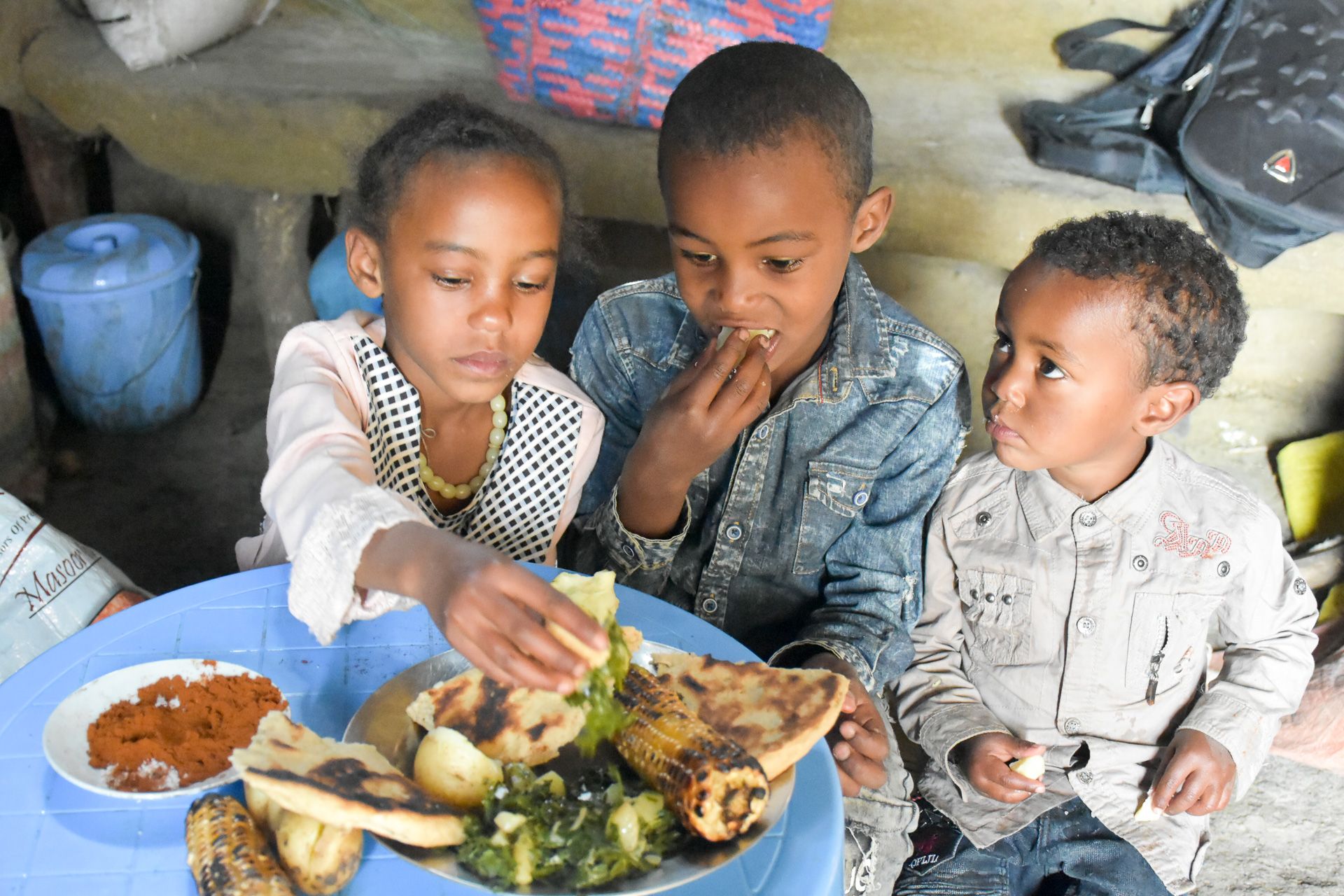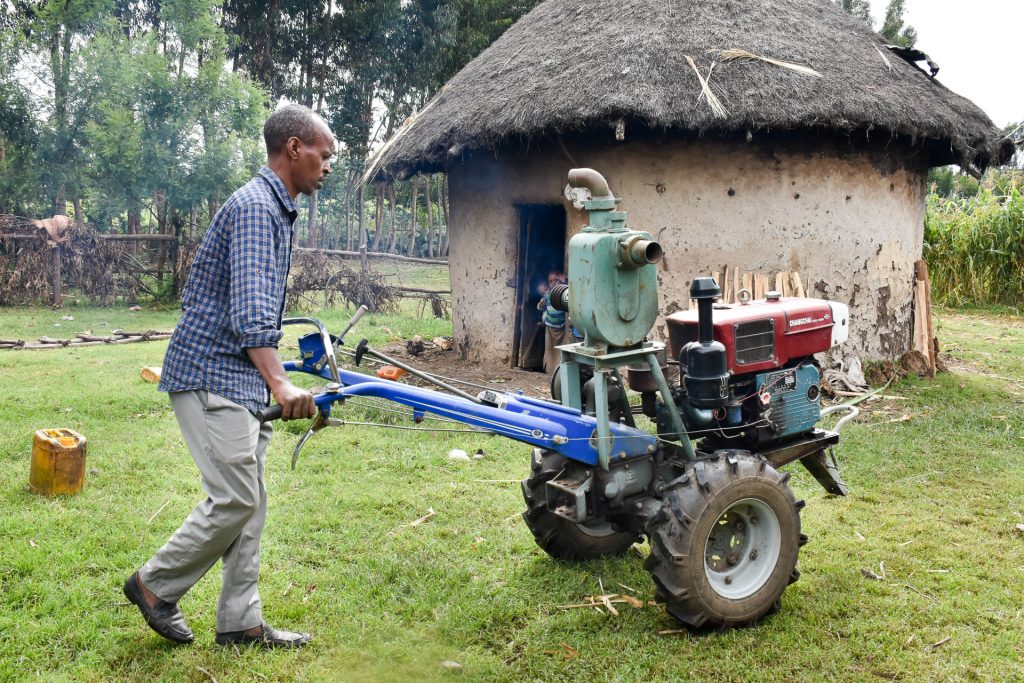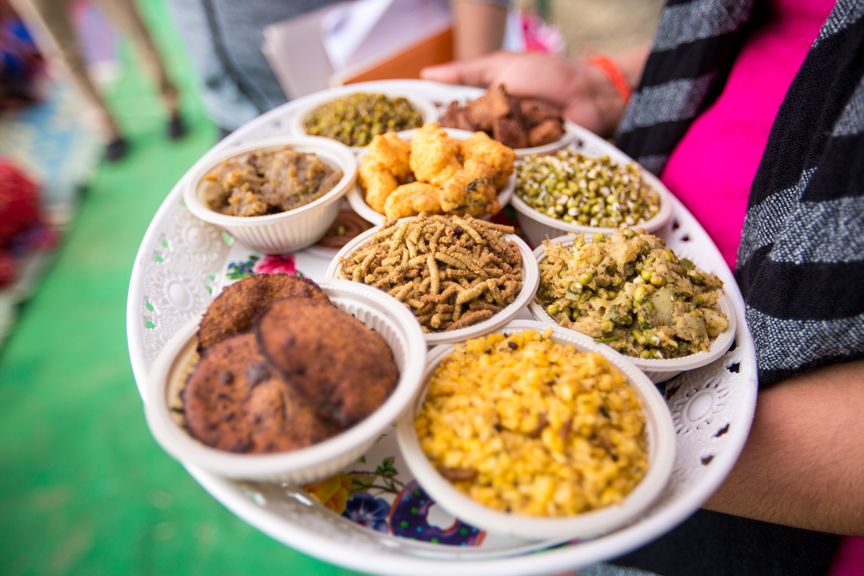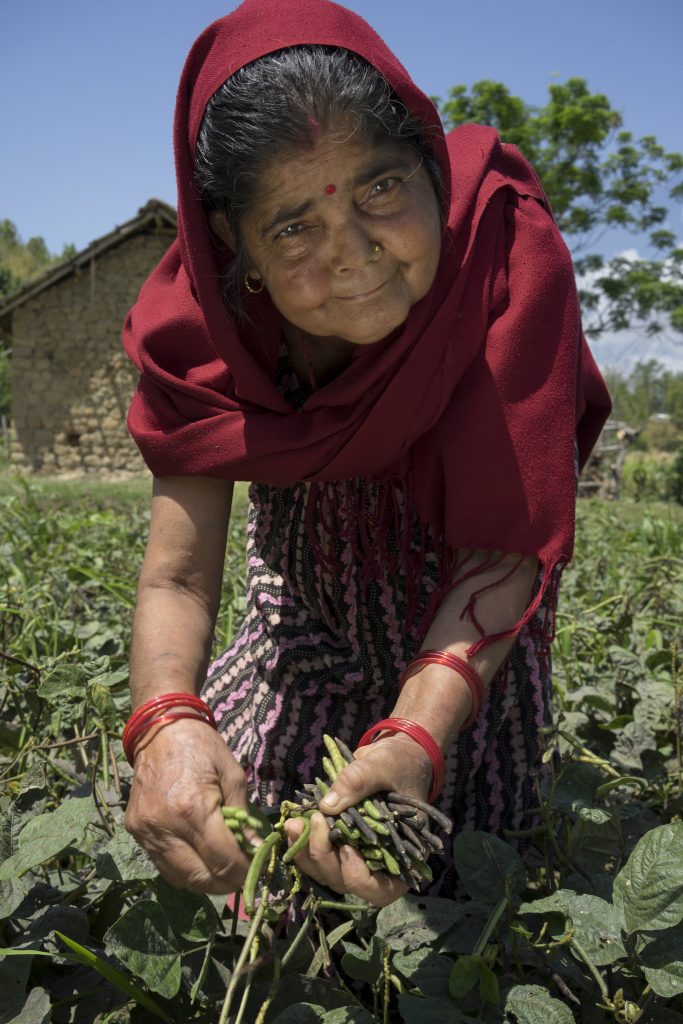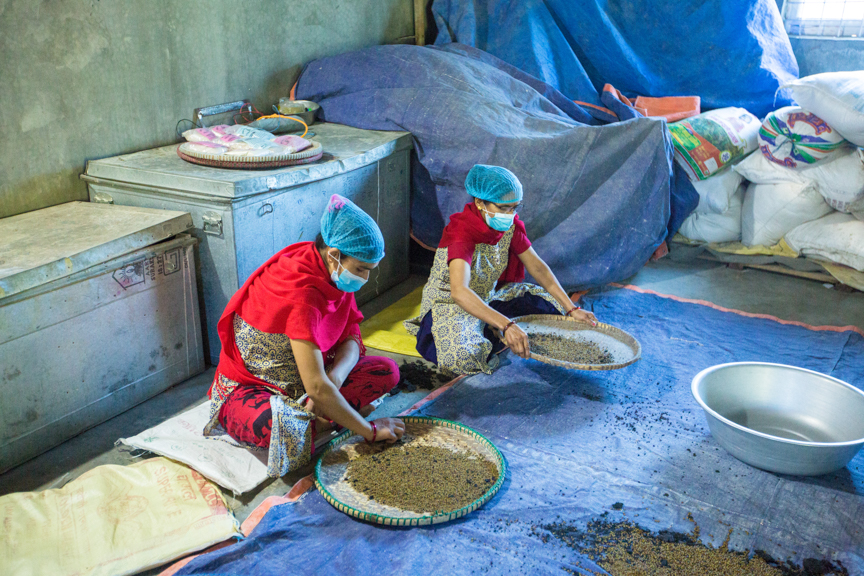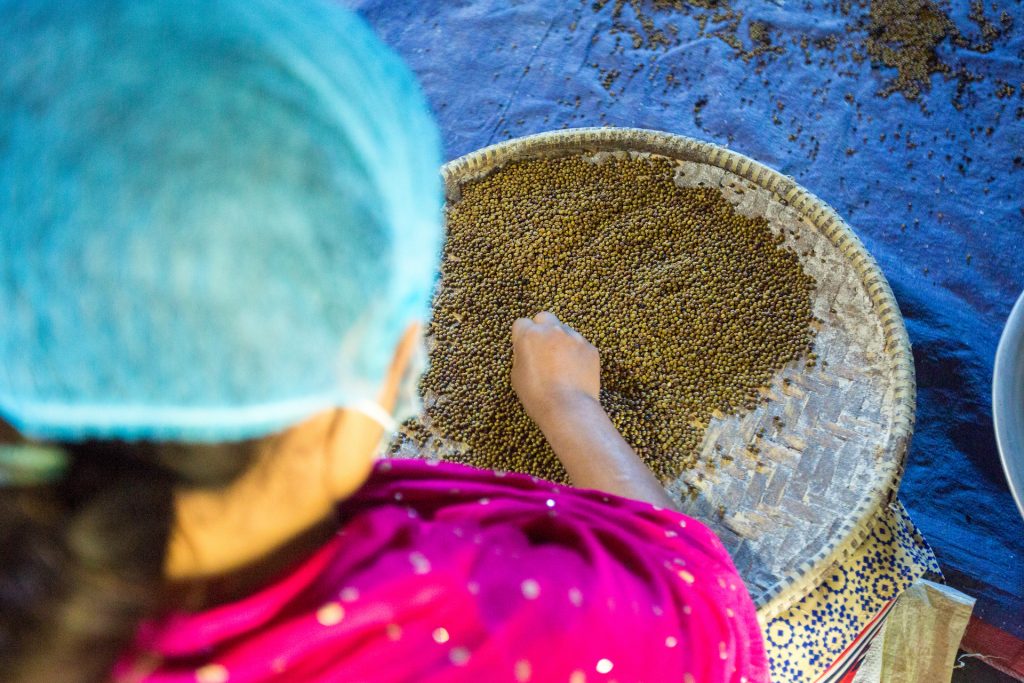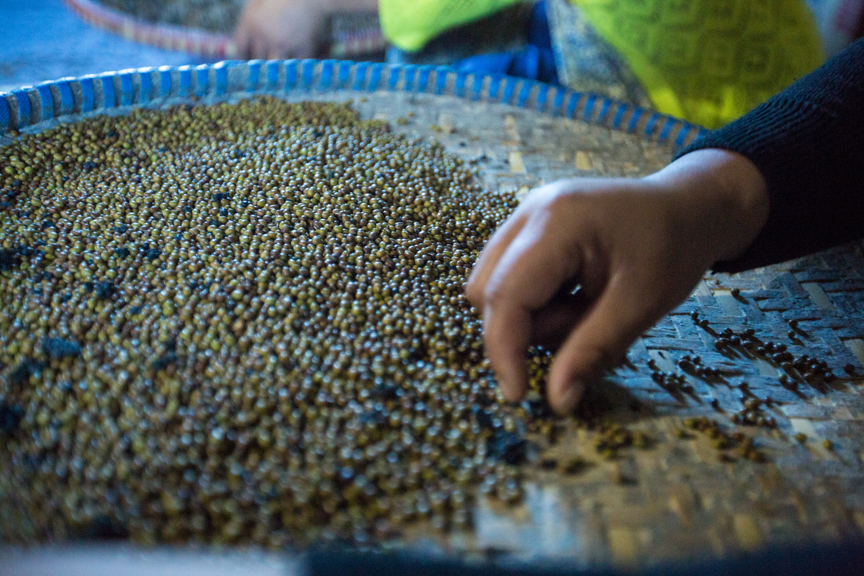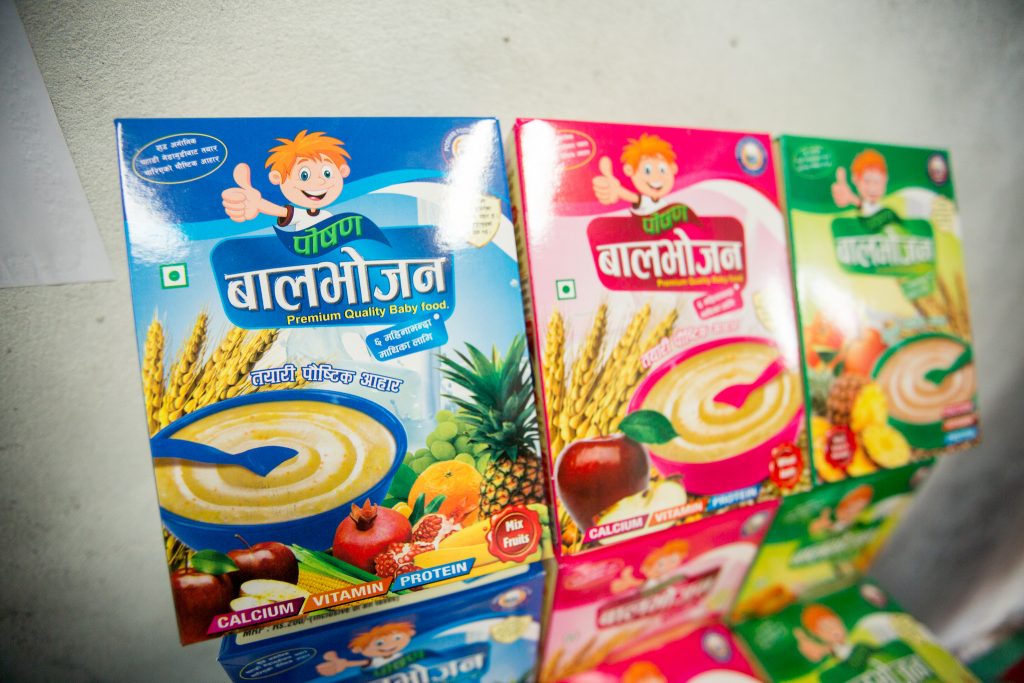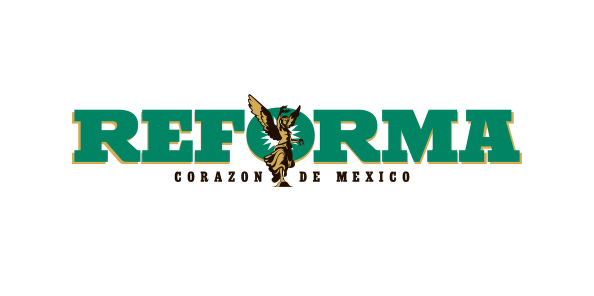Targeted fertilizer recommendations improve maize productivity in Ethiopia
A study on the impact of providing site-specific fertilizer recommendations on fertilizer usage, productivity and welfare outcomes in Ethiopia shows that targeted fertilizer recommendations encourage fertilizer investments and lead to improved maize productivity outcomes.
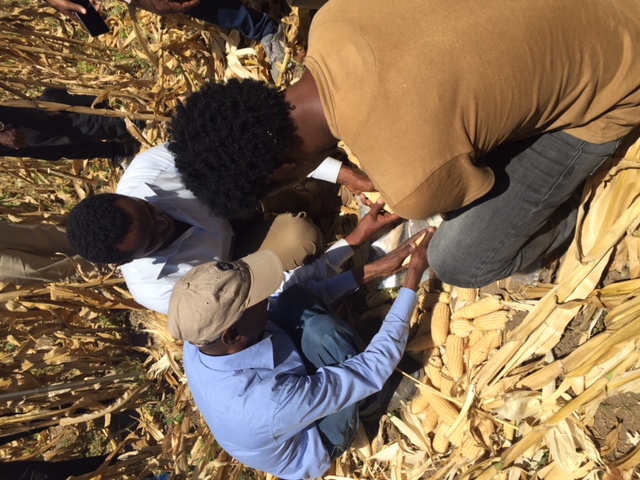
Researchers from the International Maize and Wheat Improvement Center (CIMMYT) and the Department of Economics and Trinity Impact Evaluation unit (TIME), Trinity College Dublin, anticipate that the findings will provide valuable guidance to the design and delivery of improved extension services in developing countries.
Soil degradation and nutrient depletion have been serious threats to agricultural productivity and food security in Ethiopia. Over the years, soil fertility has also declined due to the increase in population size and decline in plot size. Studies have identified nitrogen (N) and phosphorus (P) as being the nutrients most lacking and have called for action to improve the nutrient status of soils.
In response to this, in 2007, the Ministry of Agriculture and Natural Resources and agricultural research centers together developed regional fertilizer recommendations. These recommendations, about fertilizer types and application rates for different crops, were disseminated to farmers through agricultural extension workers and development agents.
However, adoption of fertilizer remains low — and average application rates are generally lower than recommended. One reason for these low adoption rates is that the information provided is too broad and not tailored to the specific requirements of smallholder farmers.
A study conducted on 738 farm households randomly selected from the main maize growing areas of Ethiopia — Bako, Jimma and the East Shewa and West Gojjam zones — shows that well-targeted fertilizer recommendations can increase fertilizer usage in smallholder maize production.
Maize is one of Ethiopia’s most important crops in terms of production, productivity, and area coverage. It is a primary staple food in the major maize growing areas as well as a source of feed for animals and a raw material for industries.
The study examined the impact of providing site-specific fertilizer recommendations to farmers on fertilizer usage/adoption, farm productivity/production per hectare and consumer expenditure/welfare outcomes using a two-level cluster randomized control trial.
Tailored recommendations
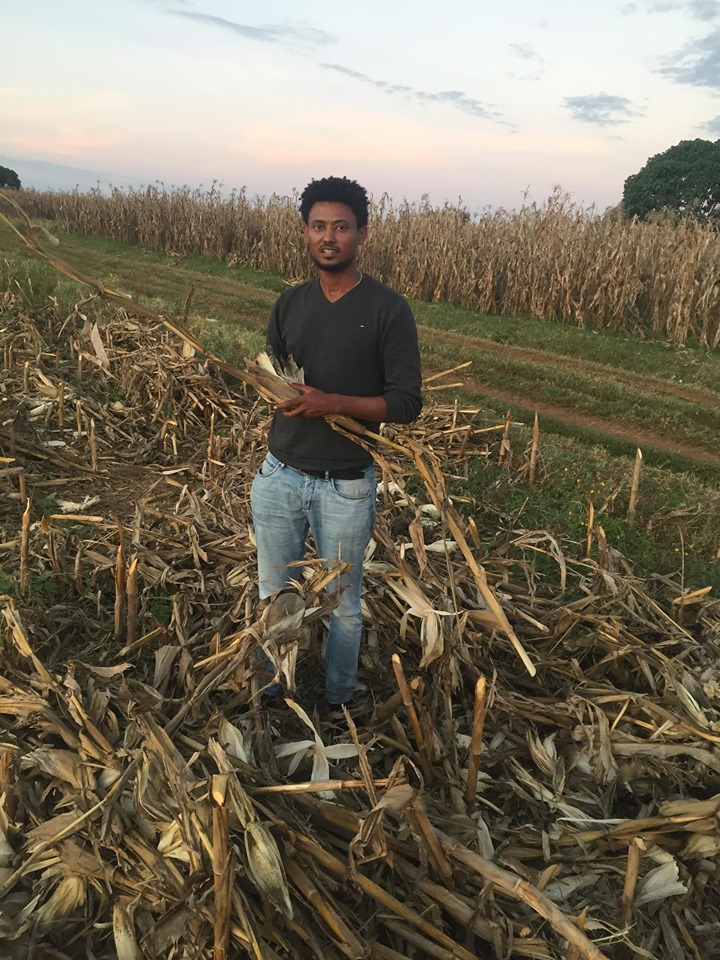
The Nutrient Expert decision-support tool, developed by the International Plant Nutrition Institute (IPNI) in partnership with the CGIAR Research Center on Maize (MAIZE), was used to give site-specific recommendations to each farmer. With this tool, researchers offered tailored recommendations, using information on fertilizer blends available in Ethiopia, current farmers’ practices, relevant inputs and field history, and local conditions. The experiment also considered whether coupling the site-specific recommendation with crop insurance — to protect farmers’ fertilizer investment in the event of crop failure — enhanced adoption rates.
Results show that well-targeted fertilizer recommendations improve fertilizer usage and productivity of maize production. The intervention led to an increase of 5 quintals, or 0.5 tons, in average maize yields for plots in the treatment group. While the study did not find any evidence that these productivity gains led to household welfare improvements, it is likely that such improvements may take longer to realize.
The study found no differential effect of the site-specific recommendation when coupled with agricultural insurance, suggesting that the risk of crop failure is not a binding constraint to fertilizer adoption in the study setting. The findings of this research should help guide the design and delivery of improved extension services in relation to fertilizer usage and adoption in developing countries.
Cover photo: Workers harvesting green maize at Ambo Research Center, Ethiopia, 2015. (Photo: CIMMYT/ Peter Lowe)
